Blog

My focal group was Faneyåkan Sinipok, an elementary CHamoru language immersion program. The group consisted of around 25 students ranging from kindergarten through 5th grade. In this program, students are taught all the usual subjects, but completely in the CHamoru language, along with an emphasis on place-based education. The project title was An Gaige Giya Inalåhan, which translates to When In Inalåhan. The southern village of Inalåhan holds various key sites that display the island’s beautiful landscapes and portray it’s rich history and culture – making it an ideal venue for this group.

As a civil engineering student from Guam, I’ve always seen engineering as more than formulas and blueprints, it’s about solving real problems that affect our island home. This spring, I had the opportunity to lead a community STEM workshop as part of the STEMAP program, where I introduced middle school students to the world of civil engineering in an interactive and culturally relevant way.

Some of my earliest memories are tied to the ocean. From snorkeling with my family, to watching turtles graze on seagrass in St. Thomas. Those experiences shaped my love of the sea, which followed me to college, where I pursued a degree in Ecology & Evolutionary Biology and conducted my senior thesis research on the behavior of invasive lionfish in the Caribbean. This summer, I had the chance to bring that research home to Nana Baby Children’s Home.

The United States Virgin Islands (USVI) are widely known for its expansive and beautiful beaches and colorful marine life. However, while the island’s draw is the marine environment and largely depends on this influx of tourism to stay afloat, many USVI locals cannot swim and are not water safe. No discrete statistic is available on the locals’ swimming ability, but Howard Forbes, the director of the Virgin Islands Marine Advisory Service, estimates an upwards of 70% of locals do not identify as being water safe. This is likely attributed to cultural, economic, and infrastructure barriers, something that the University of the Virgin Islands is hoping to change.
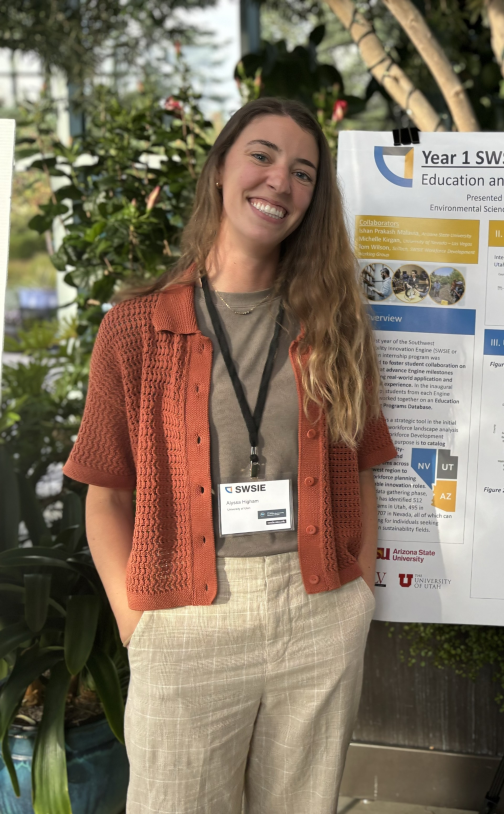
I never expected that my graduate studies would allow me to play a role in a regional sustainability initiative. Yet, as an inaugural graduate research assistant for the Southwest Sustainability Innovation Engine (SWSIE, the Engine), I had the opportunity to apply my passion for environmental resilience on a much larger scale. Through my graduate program at the University of Utah, I became part of a collaborative partnership spanning Utah, Arizona, and Nevada, funded by the U.S. National Science Foundation (NSF). SWSIE is tackling some of the most pressing climate challenges in the Southwest – aridification, water conservation, renewable energy, and air quality – all while promoting economic and workforce development and sustainable tech innovations (https://swsie.asu.edu/).
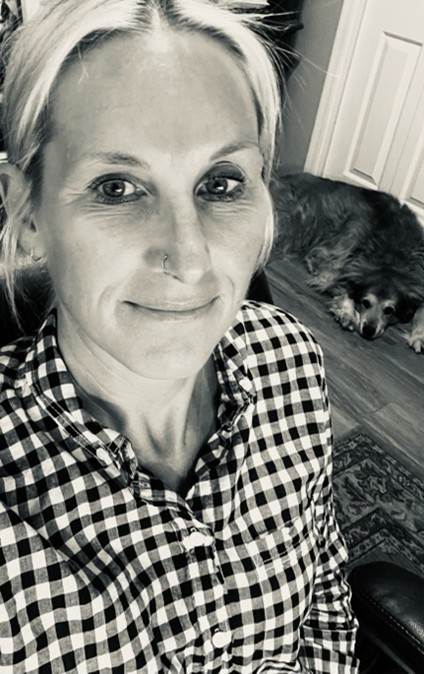
The field of project management has increasingly shifted towards a focus on value creation, recognizing that long-term success depends not only on meeting traditional project objectives—such as scope, time, and cost—but also on delivering broader value. Sustainability has emerged as a key component of this value, with an emphasis on minimizing environmental impact, fostering social responsibility, and ensuring economic viability. Project managers are expected to balance financial performance with the ability to create lasting positive value for multiple stakeholders, including the environment and future generations. This evolution in project management underscores the need for a more holistic approach that integrates sustainability into every phase of the project lifecycle, from planning to execution and evaluation.
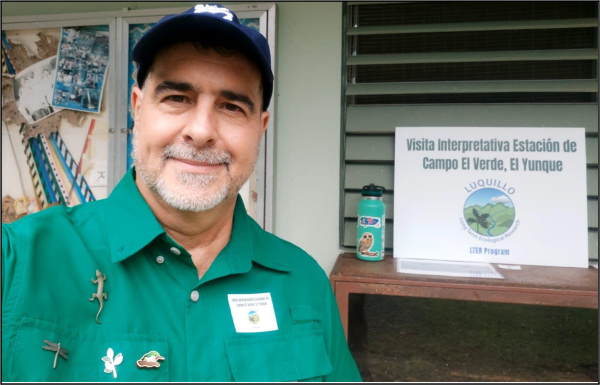
On Thursday, November 14, 2024, from 8:00 a.m. to 2:00 p.m., a group of 14 tenth-grade students from Fajardo Academy, Puerto Rico, visited the El Verde field station for an interactive experience through the forest. The main goal of this activity was to learn about the station's history, explore various research projects and their interconnections, and reflect on the importance of ecosystems.
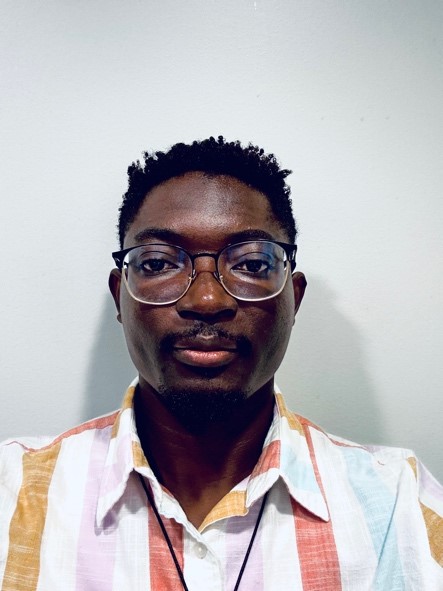
Mark Walport states, “Science is not finished until it is communicated.” It is not enough to identify a problem and research the solution for the identified problem; researchers are expected to raise the next generation of scientists and bridge the wide gap in scientific knowledge between scientists and non-scientists through public engagements. To contribute towards the goal of bringing science to a non-technical audience, I had the opportunity to volunteer at the Camp Sprague social event held at Salt Lake City Public Library, Sprague Branch, in early fall. This event drew participants from all ages. I was very excited to share my science using relatable materials to illustrate the various biological processes I explore in my research.
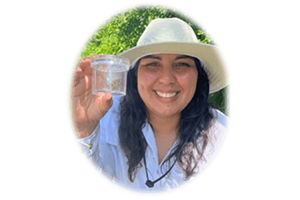
Para la Naturaleza es una unidad del Fideicomiso de Conservación de Puerto Rico dedicado a la conservación de espacios con alto valor ecológico de las islas de Puerto Rico. Por más de 50 años la organización sin fines de lucro ha educado e impactado a través de experiencias educativas, voluntarias y de ciencia ciudadana a diversos públicos y audiencias de diferentes edades, intereses y trasfondos académicos.
About the Blog
Discussion channel for insightful chat about our events, news, and activities.
Categories
Featured Posts
Tag Cloud
- UoG (2)
- Guam (2)
- ethnobotany (1)
- environmental policy (1)
- student immersion (1)
- engineering (1)
- Virgin Islands (1)
- USVI (2)
- lionfish (1)
- children's home (1)
- conservation (1)
- marine ecology (1)
- youth (1)
- sustainability (2)
- Utah (1)
- Arizona (1)
- Nevada (1)
- southwest (1)
- virtual (1)
- project management (1)
- training (1)
- naturalist (1)
- forest (1)
- ecosystem (1)
- Puerto Rico (1)
- Spanish (1)
- library (1)
- Huntington's (1)
- medical science (1)
- Emmanuel Ngwoke (1)

